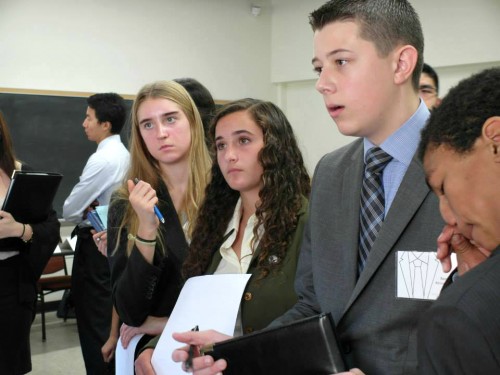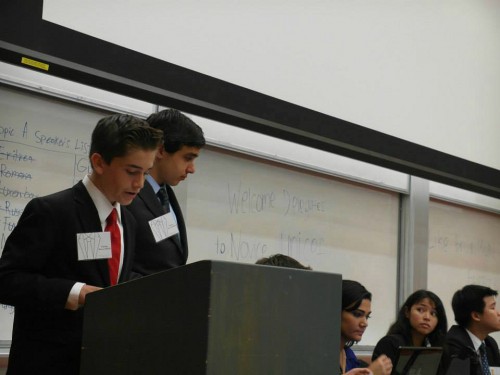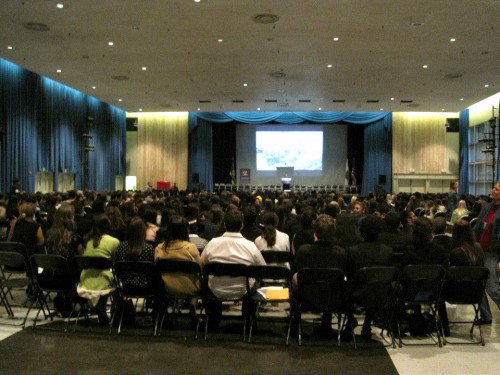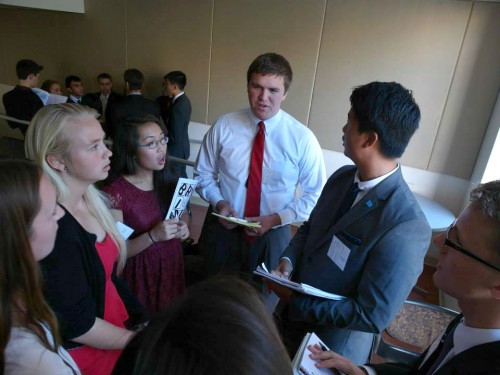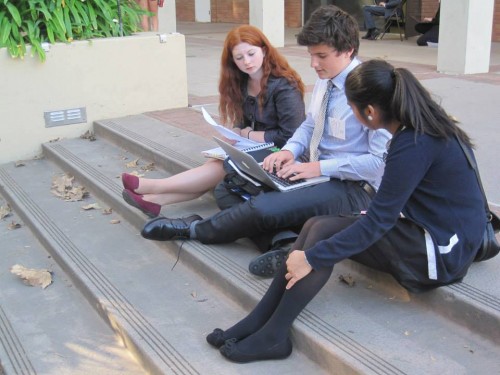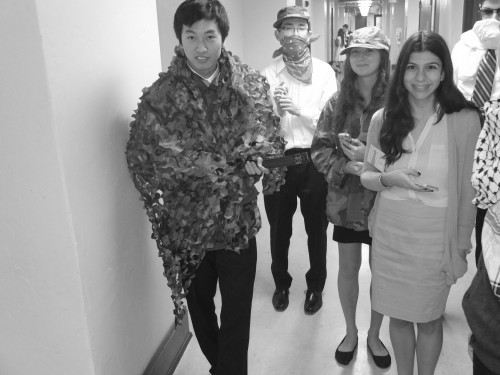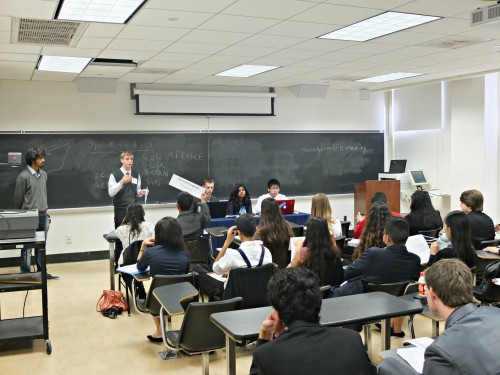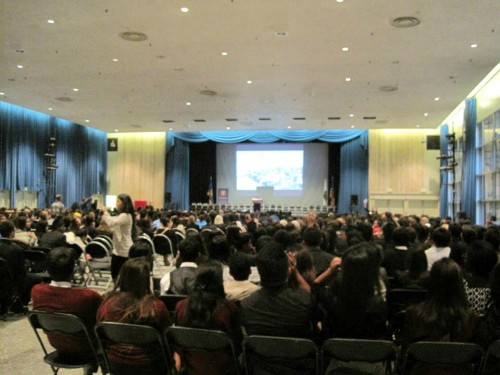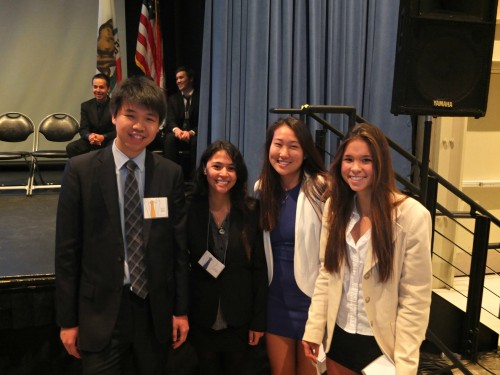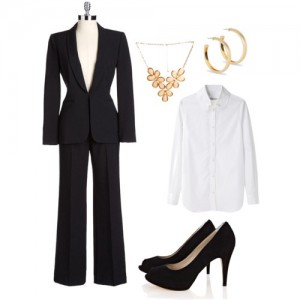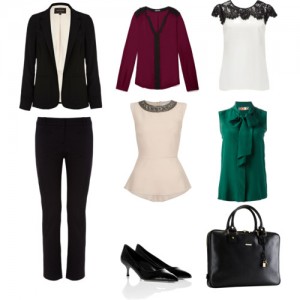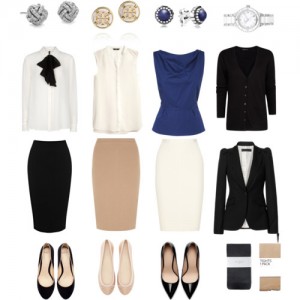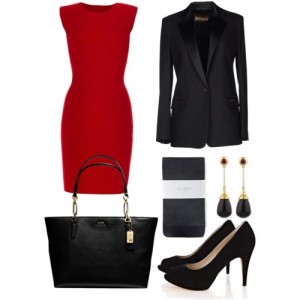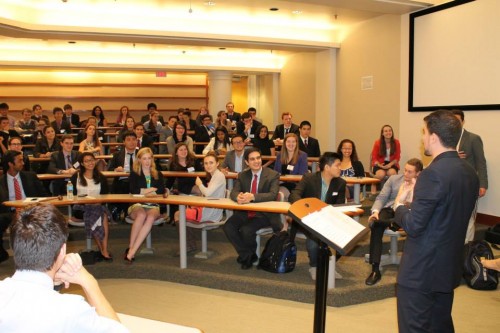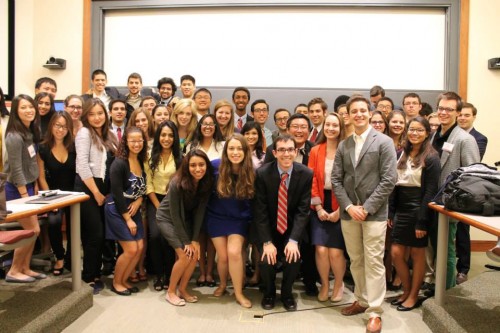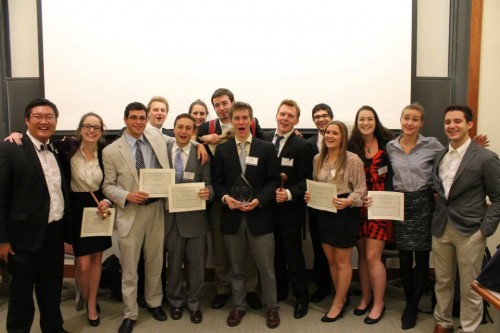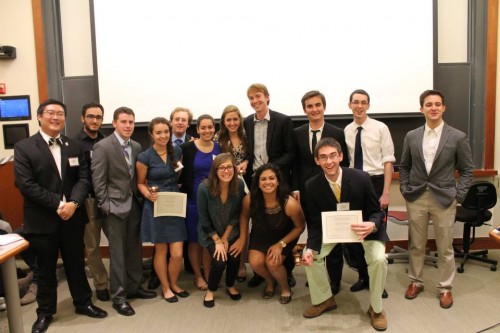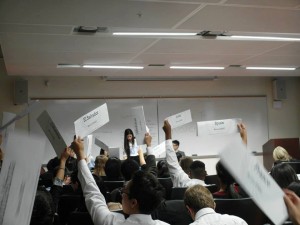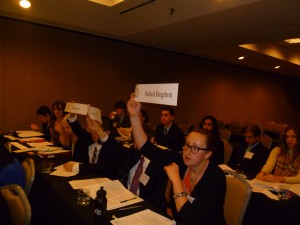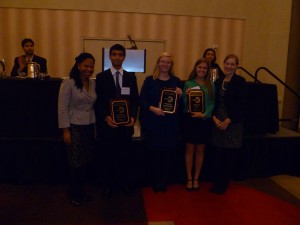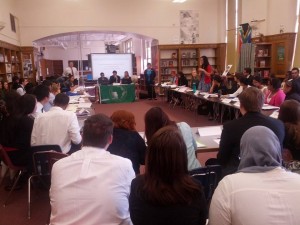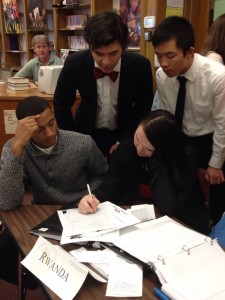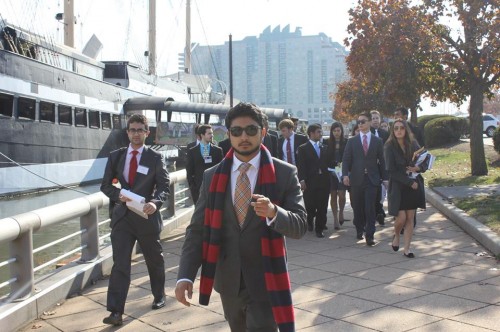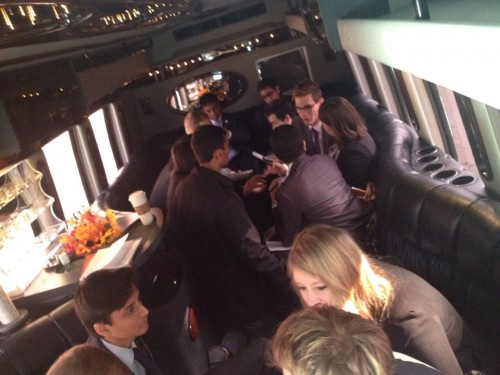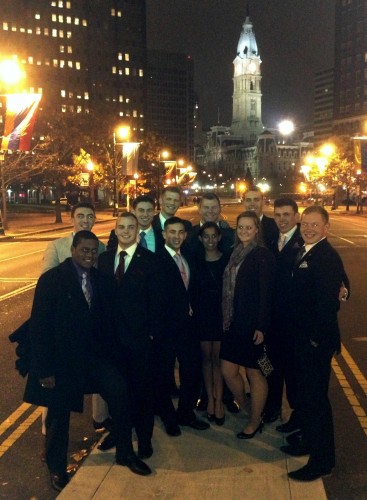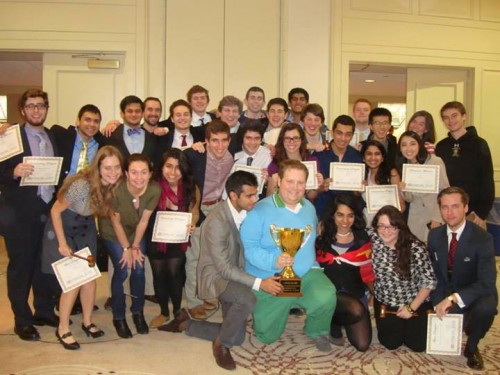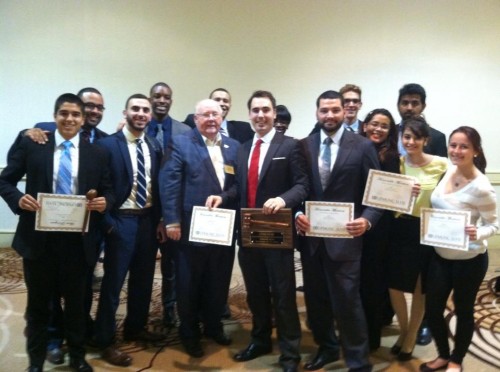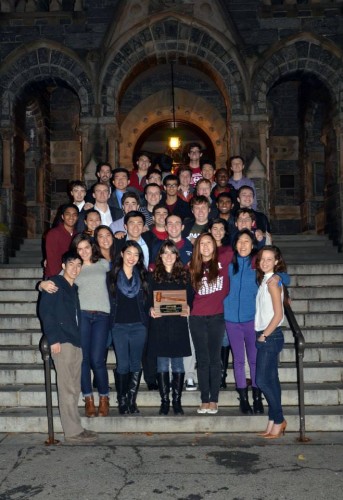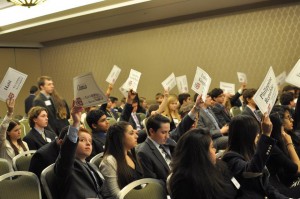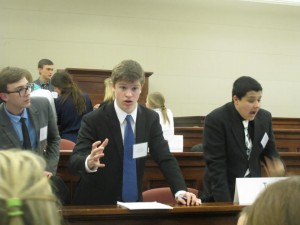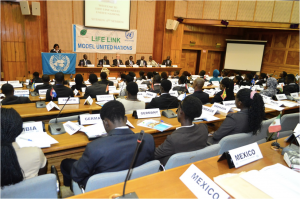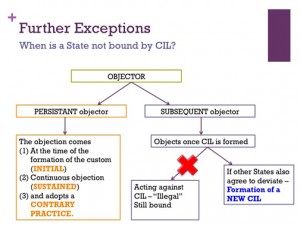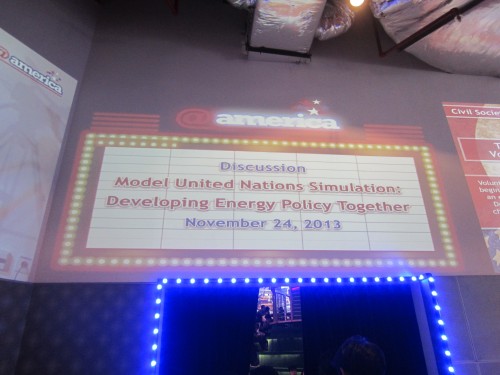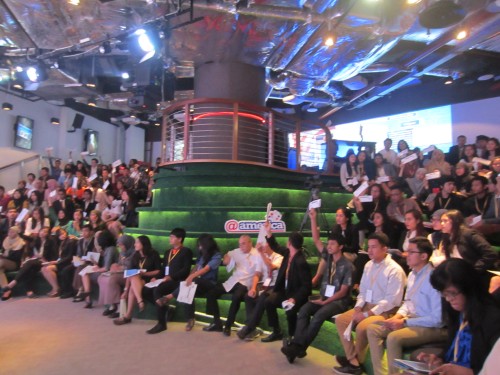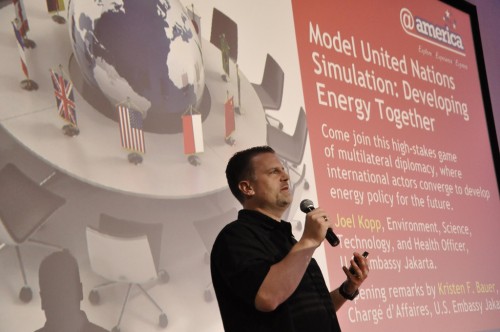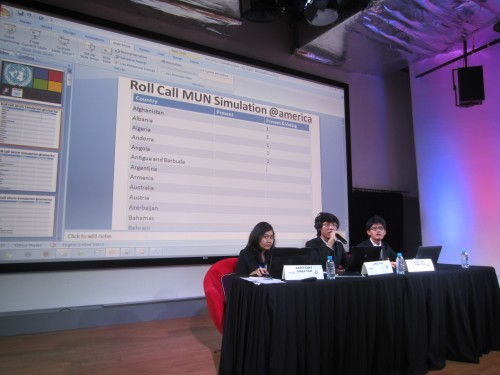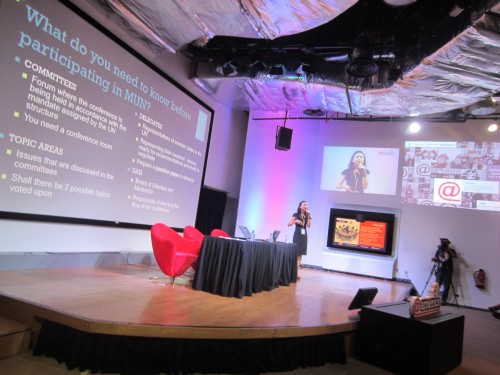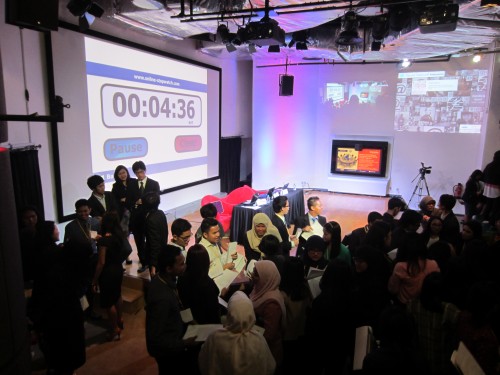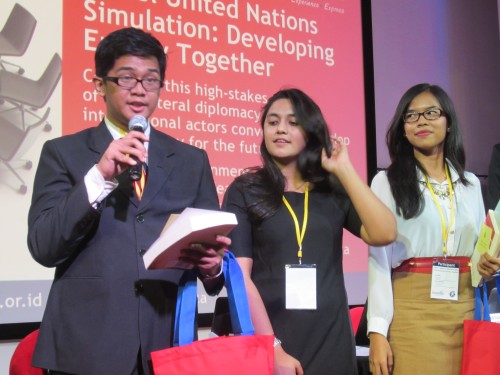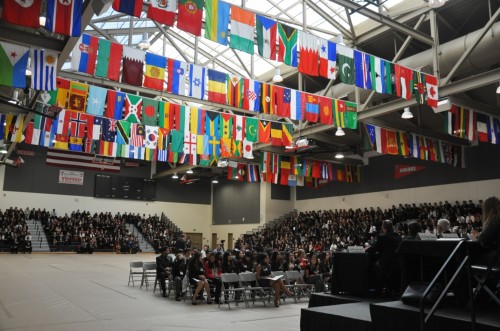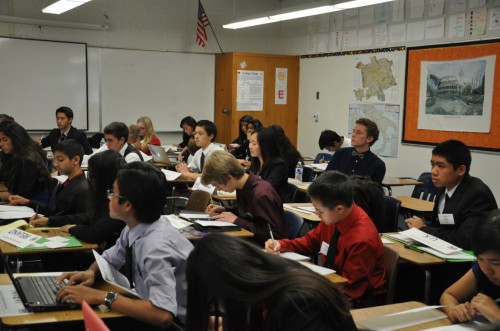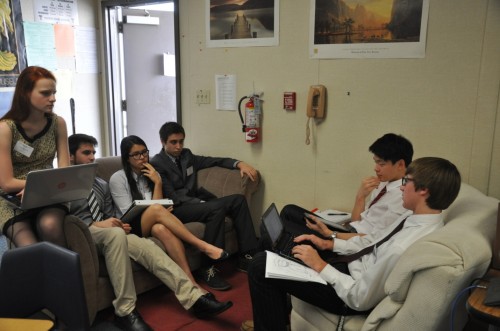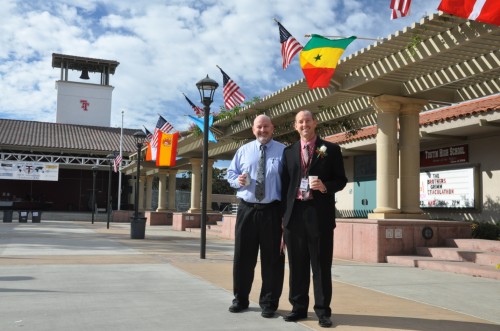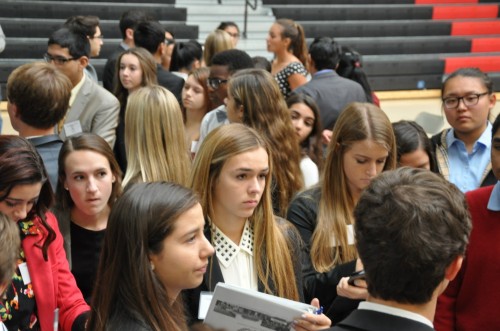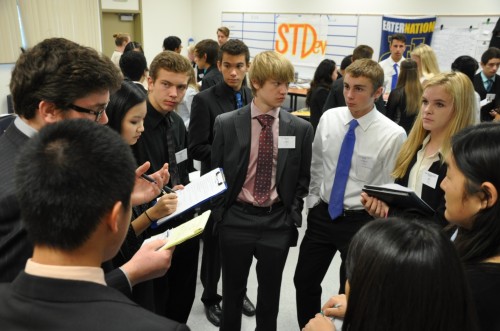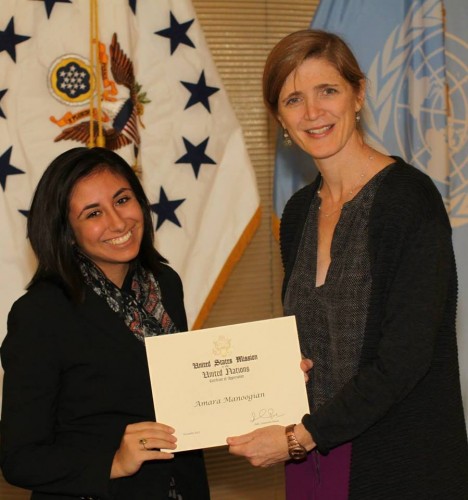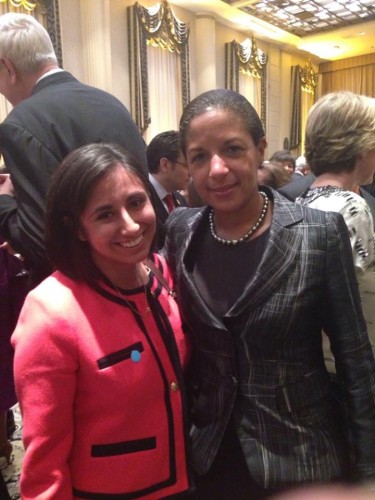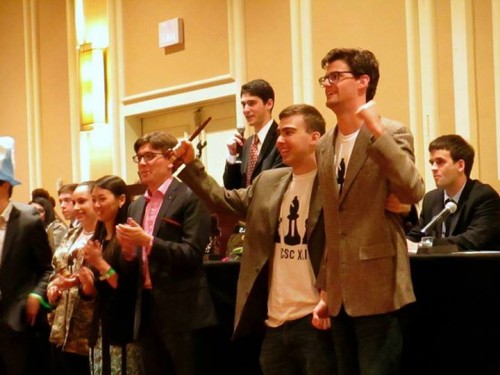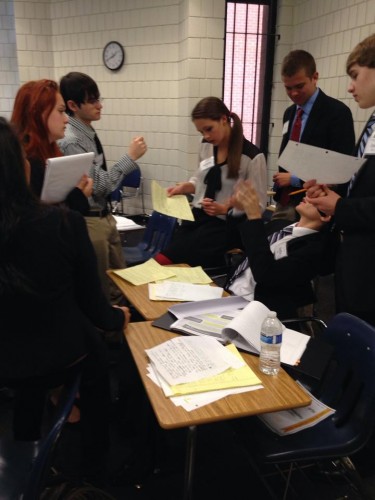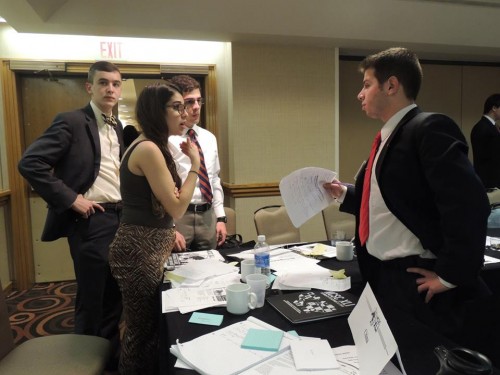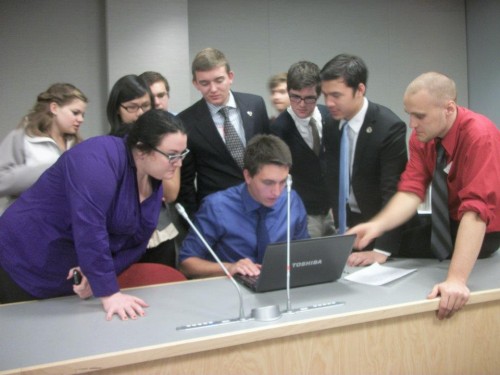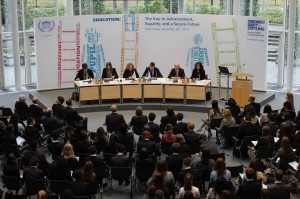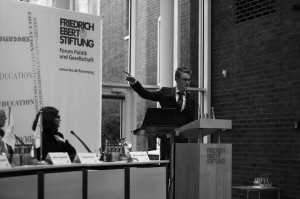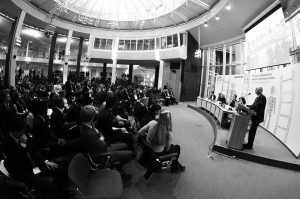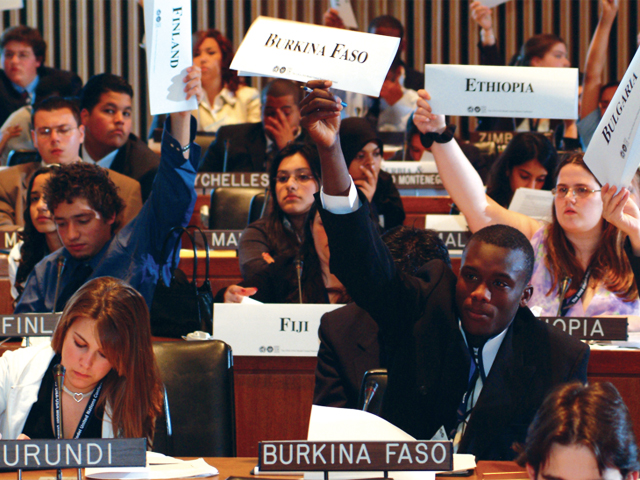![(Left to Right) Front Row: Darby Sinclair (US Coordinator), Savanna Kuisle (MS), Ah-Young Song (US) Middle Row: Phil Lindert (MS), Erica Soublet (US), Lisa Casarrubias (MS), Natalie Vacirca (US), Anthony Ives (US) Back Rowe: Ron Bell (US), Karen Moulton (MS), Kristin Rowe (MS Coordinator), Peter Giordano (MS) Missing: Catalina Guzman (US), Kathy Sandler (MS)]()
(Left to Right) Front Row: Darby Sinclair (US Coordinator), Savanna Kuisle (MS), Ah-Young Song (US). Middle Row: Phil Lindert (MS), Erica Soublet (US), Lisa Casarrubias (MS), Natalie Vacirca (US), Anthony Ives (US). Back Row: Ron Bell (US), Karen Moulton (MS), Kristin Rowe (MS Coordinator), Peter Giordano (MS). Missing: Catalina Guzman (US), Kathy Sandler (MS).
KFC and I visited Taipei American School during our Round-the-World Tour back in October. We ran MUN workshops for high school (upper school) and middle school delegates. And we also spoke with parents about the lifelong benefits of having their children participate in Model United Nations.
TAS has an impressive MUN program. They send upper school and middle school delegates around the world to participate in both THIMUN-style and North American-style MUN conferences — has a record-setting number of 14 advisors supporting their MUN program — and they’re also pioneering the boundaries of Model UN through their partnership with THIMUN O-MUN (Online MUN). And they’ve managed to do this all in the last 5 years.
We interviewed middle school and upper school MUN coordinators Kristin Rowe and Darby Sinclair to learn more about the TAS MUN program, and what lessons and best practices they could share with Best Delegate readers and the Model United Nations community.
Best Delegate: Tell us about TASMUN. How many TAS students participate in MUN? How do you select MUN conferences to attend and how do you prepare for them?
Kristin Rowe: Five years ago Taipei American School only had a varsity and junior varsity MUN team of around 15 students each. Only the varsity team traveled overseas to attend an MUN conference, and the JV team attended an on-island conference.
Now MUN at TAS is a Grade 6-12 program. It caters for around 200 students (approximately 100 in MS and 100 in US) and this year TAS students will attend 13 MUN conferences around the globe. Now a senior’s MUN career can consist of delegate and student officer experiences at multiple conferences on-island and across Asia, as well as in the Middle East, Europe, and the United States.
The primary reason for this exponential growth was the decision to develop a MS MUN program built around the grand finale event of our own TASMUN junior conference. This produced:
- A greater quantity of students eager for MUN conference opportunities in Upper School
- Increased interest from students for more varied international MUN conference experiences across the course of their MUN “career”
- Higher quality delegates, through longer, deeper exposure to MUN research, lobbying/negotiation, and debate skills
- More leadership opportunities and thus a stronger pool of MUN student leaders.
TAS has also entered into partnership with THIMUN O-MUN (Online MUN) in order to increase opportunities for TAS delegates and student officers to participate in and lead global MUN debates. TAS students not only participate in multiple monthly O-MUN debates, they are also THIMUN O-MUN program leaders (e.g. the Taiwan Country Liaison and ICJ leaders are TAS students). Furthermore, in a mirror of our f2f program, TAS students have been pioneers in the development of jrO-MUN (the middle school branch of the program). The global Secretary General and Deputy Secretary General of jrO-MUN both hail from TAS.
But this is not just a story about increasing MUN student numbers and events. The most critical aspect of our TAS MUN program growth is our very deliberate and explicit cultivation of a culture of mentorship. The MUN program is much more than just a program – together, we have developed a community through our bottom line expectation that all participants “pay it forward.” That means, every student who is given an opportunity to attend an MUN conference is required to enrich another student’s opportunity. All MS delegates are mentored 1:1 by an US delegates – for EVERY conference/debate in which they participate. Every student officer position comes with it the expectation to lead through service to the team. Veteran MUN students do not just bang a gavel, they sit alongside new delegates to model and encourage the development of MUN skills. Thus, the TAS MUN program fosters service leadership.
We are passionate about the mentorship aspect of MUN. MUN is a student-led activity, thus the quality of the delegates is largely determined by the quality of the leadership. I’m going to do something terribly original right now and paraphrase the UN Charter Preamble, by saying that: the role of the UN is to provide us with the ability to build community, unite our strength, and work together for a better future and the advancement of all. Thus, developing a program of mentorship, and rewarding student leaders who best exemplify these values, has been every bit as important as simply starting students earlier with MUN. By building a cross-divisional mentoring network, building bridges between MS and US MUN participants, TAS students have been able to unite their strengths and have worked for the advancement of all in the program.
Building a program – and a mentoring community – from the MS up has made all the difference.
BD: Over the past 5 years, TASMUN has grown from 2 advisors to 14, which is the greatest number of advisors we’ve seen for any MUN program in the world. How has TASMUN managed to achieve this level of growth and support from the TAS community?
Darby Sinclair: A strategic part of our growth was getting the school Administration on board with our program. We started by developing a small Middle School club and offered our first small MUN conference with three schools and 100 delegates. This was the catalyst that we needed to begin to allow our Administration to understand the benefits of this program and what it would offer for our students. Our high school Administration knew that middle school students would soon be coming to our high school expecting a developed program and opportunities. With this understanding we had very generous support to build our program incrementally and define how MUN enhanced and supported our school’s mission and the desire to create students who had 21st century literacy skills.
KR: Of course, the TAS MUN program has grown because of easily measured gains such as the number of overall participants, the number of conferences TAS attends, and the number of student officer/leader positions TAS students earn. Nevertheless, the less quantifiable elements increasingly lend respect and develop interest for our program – and these boil down to the reputation of the program. And the reputation rests on the traits that our individual MUN participants exhibit. At this point, it’s a positive feedback loop because our MUN veterans continue to raise the bar and our newer delegates strive to reach and then surpass that level of achievement, which in turn further polishes our reputation. Notice again that it is the mentoring network that feeds this loop: the younger delegates are regularly exposed to the generations before them. They are encouraged and supported by those same high-achievers who are setting the standard.
Finally, the very same things – the reputation of the program, the diverse conference opportunities, and the mentoring culture of the TAS program – have attracted coaches to participate. Many of our coaches are new to MUN, but they learn about the program and meet the students and therefore want to be part of it. Likewise, the school administration has generously supported expansion because of the increased quantity of opportunities to develop student leadership and the increased quality of the program, which enhances the school’s international standing.
BD: TASMUN has also partnered with Online MUN (O-MUN), especially at the middle school level, which places TASMUN on the cutting edge of MUN and online education. How does the partnership between TASMUN and O-MUN work? What do TASMUN students get to do through O-MUN?
KR: TAS students continue to make history as pioneers of this paradigm shift to online global MUN debate at the middle school level. Through this online program, TAS MUN delegates are gaining extra MUN debate preparation, practice, and performance as well as the opportunity to network and collaborate with MS and US students with whom they may well debate face-to-face at future MUN conferences in Asia and around the world, particularly THIMUN-affiliated conferences. O-MUN has afforded TAS students opportunities for more MUN – and more authentic, truly global debate – without the restrictions of space and time (geography – we’re on an island!! – financial resources, daily schedules and commitments to other activities, etc).
Junior Online MUN has provided another avenue for replicating the success of our mentoring program. When our delegates sign up for monthly global debates, they are supported by a team of upper school MUN mentors from TAS, as well as students from the global O-MUN community, who serve as jrO-MUN Assistants under the supervision of O-MUN Director, Lisa Martin. Indeed, the jrO-MUN Secretary General and Deputy Secretary General are our own upper school TAS students: Rohan Sinha (11) and Jessica Chen (10).
BD: Best Delegate recently visited TAS to teach MUN workshops and talk to parents about the benefits of MUN. How did Best Delegate impact TASMUN delegates and parents?
KR: Best Delegate’s visit to TAS demonstrated another breakthrough for our program. The visiting consultants were funded by a Parent Teacher Association grant. In other words, the parent community representatives deemed the MUN program worthy of spending a significant sum of money to bring out Ryan and KFC to teach TAS students advanced skills. Usually, the PTA funds curricular opportunities, so this was a departure from normal practice because a co-curricular activity was the beneficiary!
The value of the Best Delegate visit for our students was manifold. Middle School students for whom MUN was a baffling and daunting concept were inspired to sign up for the program this year because Ryan and KFC made MUN accessible and interesting for the MS mind. The US students benefited from the opportunity to have all the delegates across our many and varied teams come together and receive the same foundational MUN skill review. This also helped to provide a common language for all our coaches and delegates to continue to use in future conference prep. Finally, the natural result of such a large program with many facets, is that we have tended to overcomplicate some elements and get ourselves lost in the detail. Ryan and KFC brought everyone back to basics, and from there launched us into advanced understanding of some of the discrete MUN skills. Basically, they got us all back on track. No delegate left behind!
Best Delegate also helped our TAS parents see the connection between MUN for school (a co-curricular activity that boosts academic performance across a range of subjects) and MUN for college applications (an activity that colleges recognize and value) and MUN for life (an activity that develops real-world career skills, the ability to make friends and influence people). Finally, Best Delegate reminded everyone us that MUN is for FUN! Serious fun!
DS: In the 6 weeks since Best Delegate visited we have heard students discussing many practical aspects of skill building that were exemplified in the workshops that Kevin and Ryan taught. Students have discussed how they need to become more proactive at lobbying and using the informal periods of an MUN conference to develop their relationships with fellow delegates. Another very positive aspect of the Best Delegate visit was the Parent Evening. Kevin and Ryan were able to share their personal stories as to how MUN had allowed them to develop the necessary skills to become successful in their college experiences and early careers.
BD: What is the vision for TASMUN for the future? What goals do you hope to achieve in the upcoming year?
KR: We strive to continue to improve on the quality of our own TASMUN conference – we want our conference to provide the best MUN debate experience students can have every year! We want to maintain a strong ratio of student officers, i.e. leaders, per team. The number of student officer positions our students earn at other conferences is a measure of our school’s reputation. This year, we added a Grade 7 travel team into our program so we look forward to these students bringing back lessons learned from their Shanghai conference experience to teach other MS students and thereby continue to enhance the MS program, which in turn feeds the US program. And this year, in particular, we are looking forward to partnering with the Yale MUN Secretariat on a project to establish a YMUN sub-conference in Taiwan.
DS: Our hope for the future of TASMUN is to provide an inclusive conference that supports the newly emerging MUN programs at other schools across the island of Taiwan. Although Taiwan does not have diplomatic recognition in the United Nations it has a fully thriving and functioning democracy that allows citizens to actively use their voices to make changes within their communities and nation. We hope that by continuing to include Taiwanese schools in the TASMUN conference we can provide students with the critical thinking and public speaking skills that they need to be effective agents for change in their communities.
We also hope to use TASMUN as a vehicle to connect students to the local and international community. We would like to invite more guest speakers and activists who can share their stories and messages and allow our students to see the various opportunities for careers and service that are possible once they move beyond the MUN arena.
Thank you to Kristin and Darby and the TAS family for hosting KFC and me in Taipei! We hope to see you and your delegates again soon!
Best Delegate MUN October 2013 from Taipei American School on Vimeo.
![]()
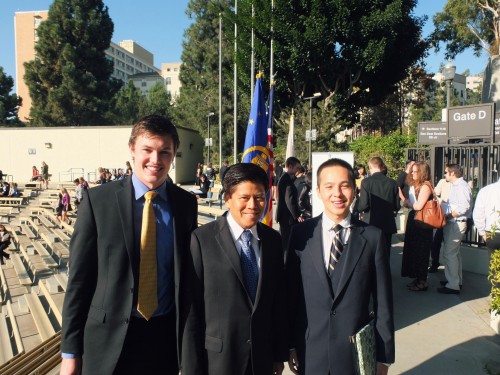
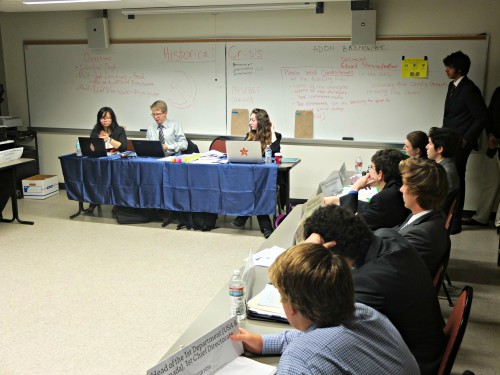
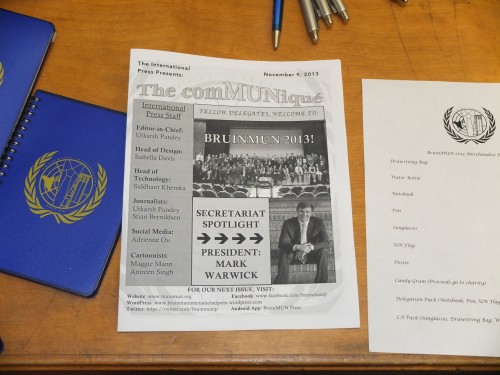
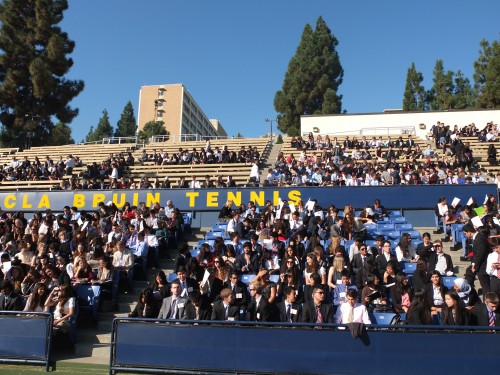
![The Water Buffalo Club was chosen as the official charity because it was "local and at a size and level so that [BruinMUN] can be a partner to them."](http://bestdelegate.com/wp-content/uploads/2013/11/DSCF2263-375x500.jpg)
